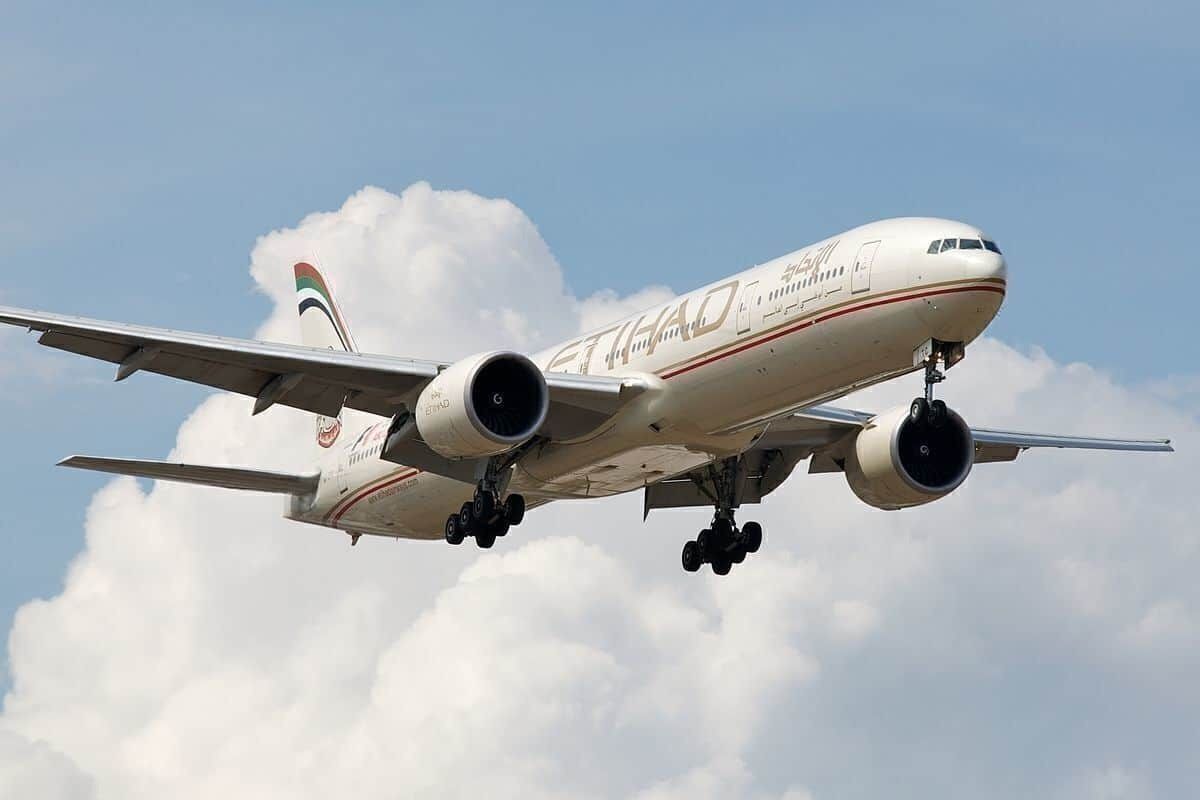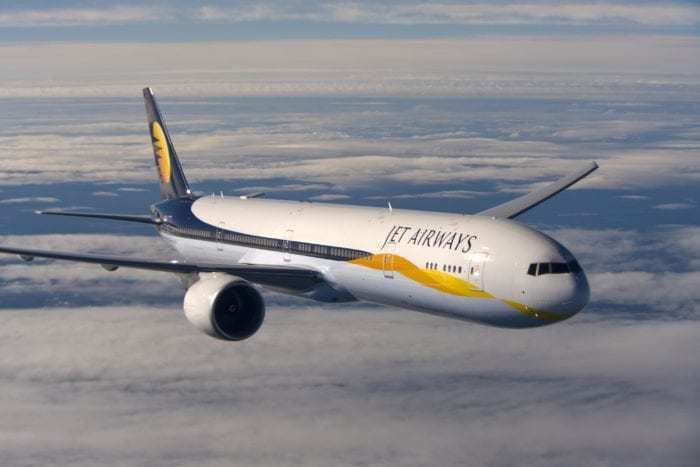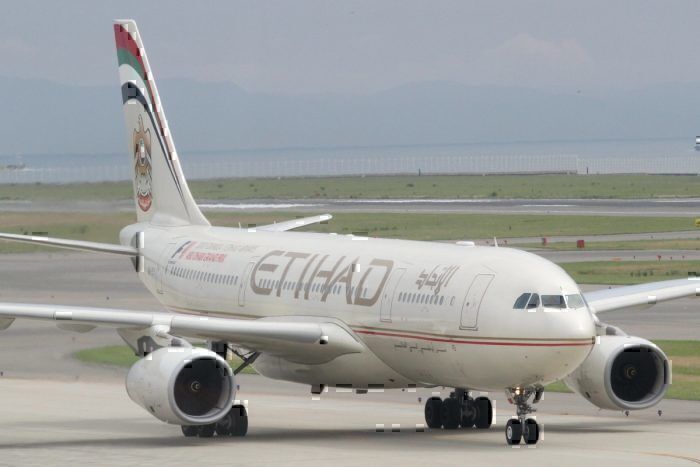2020 marks the 15th year for Etihad's India operations. The airline began in India with services to Mumbai in 2004 and has since grown to carry 18m passengers to and from the country. With India now its second-largest market, only behind the UAE, what is Etihad's story?
An interesting history
Etihad commenced operations to India in 2004, starting with the financial hub of Mumbai. The airline connects Indian cities to its hub of Abu Dhabi and onward to the rest of the world. Over the years, Abu Dhabi has become a destination itself, with the city becoming the most popular destination for Etihad from India.
The carrier operates 161 weekly flights from its 10 destinations in India, connecting all the major population centers in the country. Etihad, along with it's Middle East competitors, are extremely popular in India and hold a commanding share of connecting traffic to Europe and North America.
However, Etihad has made a splash in India over the last decade for another reason. The carrier bought 24% of the now-shutdown Jet Airways back in 2013 for $379m. This marked the first investment of a foreign airline in an Indian one (the government began allowing so last year) and gave the beleaguered Jet a fresh start.
The deal also included Jet's Heathrow slot and a 51% stake in JetPrivilige (its frequent flier program). Sadly, Jet Airways shut down in April 2019 and Etihad has shown no interest in reviving the airline it once bought into at a premium, probably owing to its own financial woes.
India is a key market
Etihad has long seen India as a key market to its business model. This belief has been demonstrated through its investment in Jet Airways and the subsequent expansion of flights out of India. In 2013, the Indian Civil Aviation Ministry approved a four-fold rise in weekly seat capacity to Abu Dhabi, raising it to 50,000. This agreement gave Etihad a huge boost to catch up with rival Emirates and is widely considered a clinching part of the Jet deal.
Massive investments allowed Etihad to fuel its growth in India and it has now found itself with nearly as many departures as Emirates. But this growth might be unsustainable, as Etihad has found out in the past few years. A series of bad investments in carriers all over the world and huge net losses in the past three fiscal years have seen the carrier cut back steeply on everything from plane orders to premium drinks in economy.
What's next for Etihad?
The financial situation of Etihad has left it with limited room for further expansion. The airline has already canceled nearly all of its new plane orders and has begun selling parts of its fleet to help finance the company. Abu Dhabi will see a new terminal open soon, which will help Etihad improve its services at the airport and is a positive indicator for the future of the airline.
India is an enduring market and remains important to the airline. It has continued to add new services to high traffic cities like Delhi, even while cutting its fleet size. This commitment has shown that Etihad recognizes the potential of the growing Indian market, one which has no private long-haul carrier right now and is a safe bet going into a tumultuous future.



